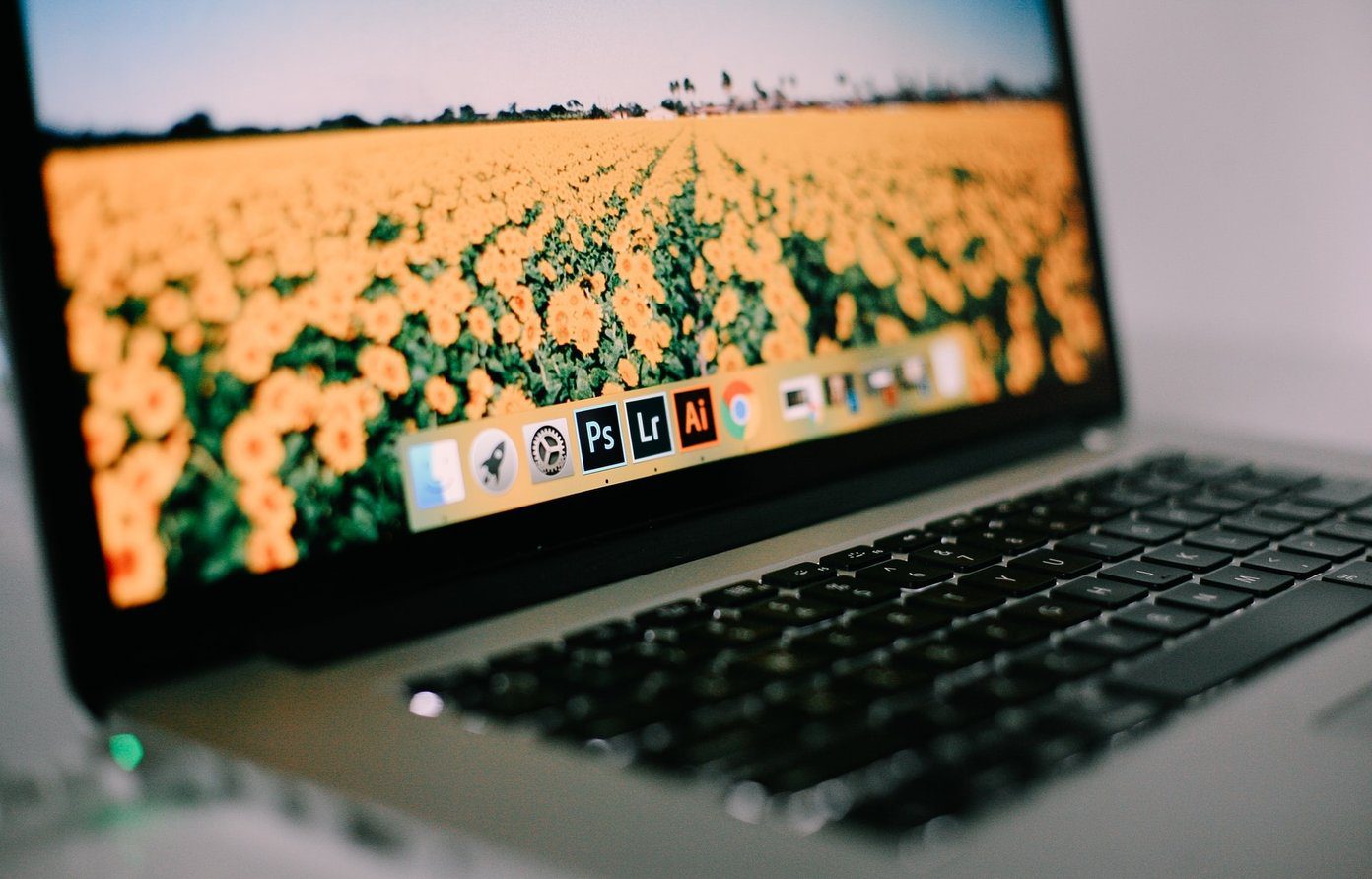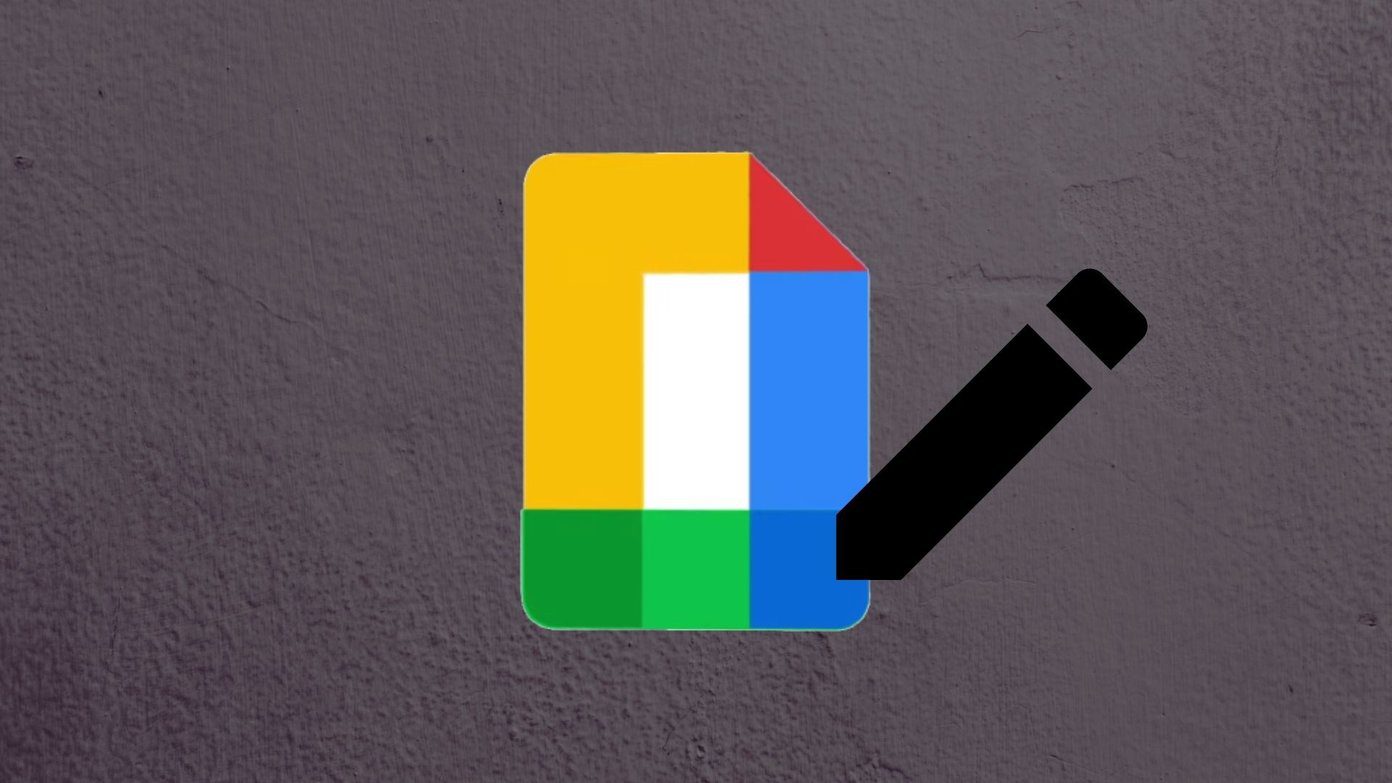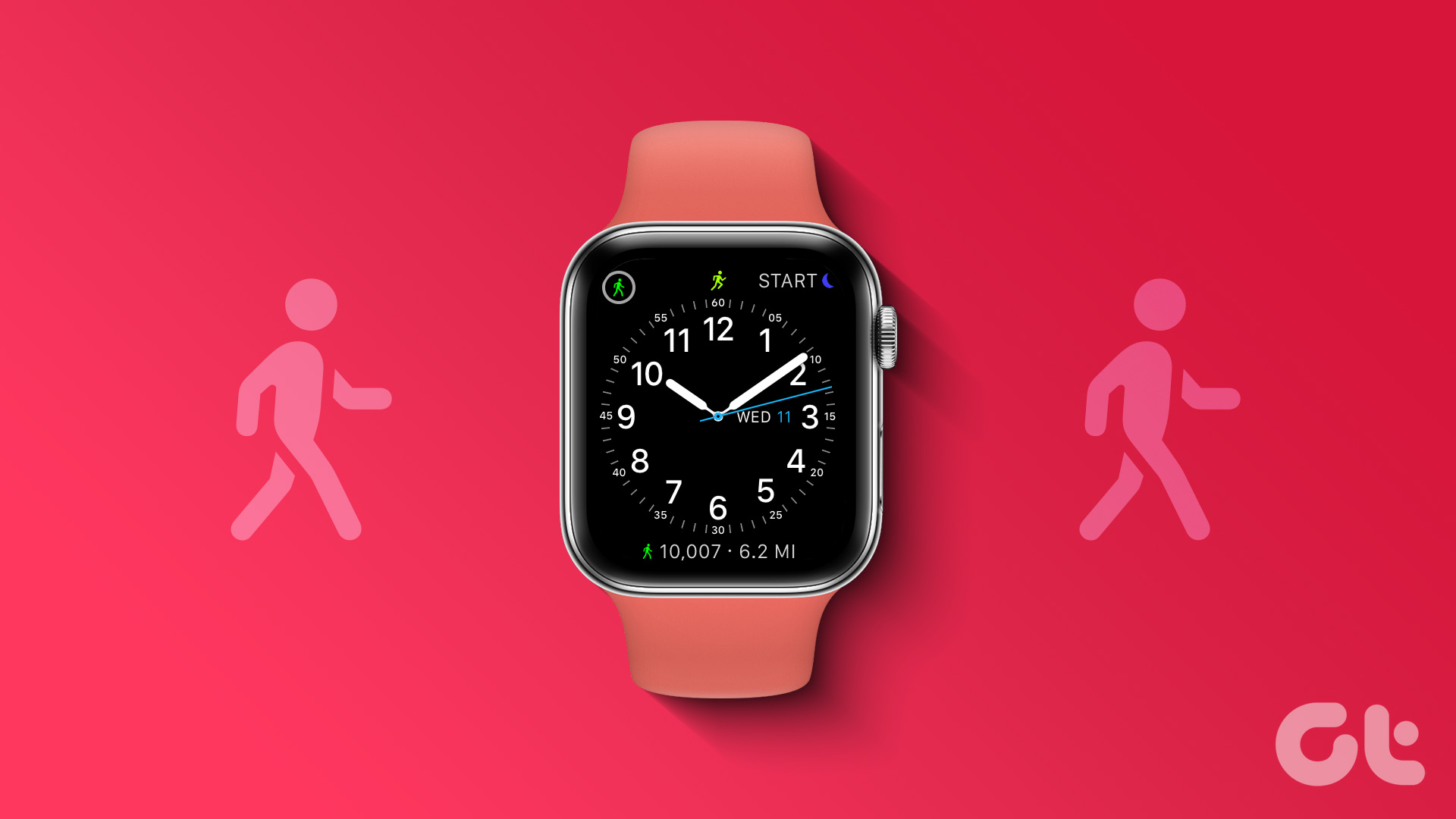Since there are so many factors involved in connecting your Gmail account to your iPhone, the troubleshooting methods will vary from user to user. Hence, to help you out, we’ve prepared a list of solutions, starting from the easiest to slightly more advanced as we progress. So, let’s check it out.
1. Restart Your iPhone
First and foremost, you can start by restarting your iPhone first. If a minor glitch in the app or a background process is why Gmail is not working, then restarting your iPhone should take care of it. Say you have an iPhone X or later, press and hold the Sleep/Wake button and any of the Volume buttons for the shutdown prompt to appear. On older iPhones, press and hold the Sleep/Wake button until you are prompted to slide across to turn off the device. Wait for your device to shut down completely, then press and hold the Sleep/Wake button again to turn it on.
2. Visit Gmail Website for Alerts
If you’re having trouble signing in to your Gmail account on iPhone, then you can try opening Gmail on any other device or your computer. Look for an email from Google asking you to verify your recent sign-in. Once verified, you should be able to sign in to Gmail on your iPhone, and it should work fine.
3. Check Device Activity
If you can’t find any login alerts in your inbox, you can go to your Google account and verify your Gmail login on iPhone manually. Here’s how. Step 1: Open up a web browser on your phone or PC and log in to your Google account. Visit Google Account Step 2: Switch to the Security tab on your left and review security activity. Click on your login activity on iPhone. Step 3: In the following screen, click on ‘Yes, it was me.’ After this, try using Gmail on your iPhone to see if it works fine now.
4. Perform CAPTCHA Reset
When Google detects any activities on your Gmail from a new device or an unfamiliar location, it might prevent you from using your account until you unlock the CAPTCHA. Step 1: Open a web browser, visit Google’s Captcha reset page and sign in with your Gmail account. Google Captcha Reset Step 2: Next, click on Continue. You should see a message that reads ‘Account access enabled.’ Go back to the Mail app and see if you can use Gmail.
5. Ensure IMAP is Enabled
IMAP (or internet message access protocol) is an internet protocol Gmail uses to send all your account information to and from your smartphone. Naturally, if IMAP is disabled, Gmail will not work on iPhone. Step 1: Open a web browser on your PC and log in to your Gmail account. Step 2: Click on the gear icon in the top right corner and select See all settings. Step 3: Switch to the Forwarding and POP/IMAP tab and scroll down to the IMAP Access section. Select Enable IMAP and click on Save Changes at the bottom.
6. Remove and Add Gmail Account
If Gmail is still not working on iPhone, you can try removing your Gmail account and adding it again. This will help refresh your account’s connection to the server and might fix the issue. Step 1: Open the Settings app and navigate to Mail. Step 2: Go to Accounts and then tap on Gmail. Step 3: Next, tap on Delete Account. Choose Delete from My iPhone when prompted. Add your Gmail account again to see if it works fine now.
7. Update Mail App
Lastly, if nothing works, you can check to see if there are any pending updates for the Mail app and install them right away. These updates usually bring bug fixes and improvements to an app, apart from new features. Hence, you can try updating the Mail app to see if that resolves the issue. While you’re at it, consider updating your iPhone as well. It’s often the best practice to keep your devices updated to steer clear of such bugs.
Gmail on iPhone
In most cases, such issues will only arise when Google detects any unusual activities with your account and locks it until verified. But if you continue to struggle using Gmail on the Mail app on iPhone, consider switching to the standalone Gmail app. The above article may contain affiliate links which help support Guiding Tech. However, it does not affect our editorial integrity. The content remains unbiased and authentic.






















